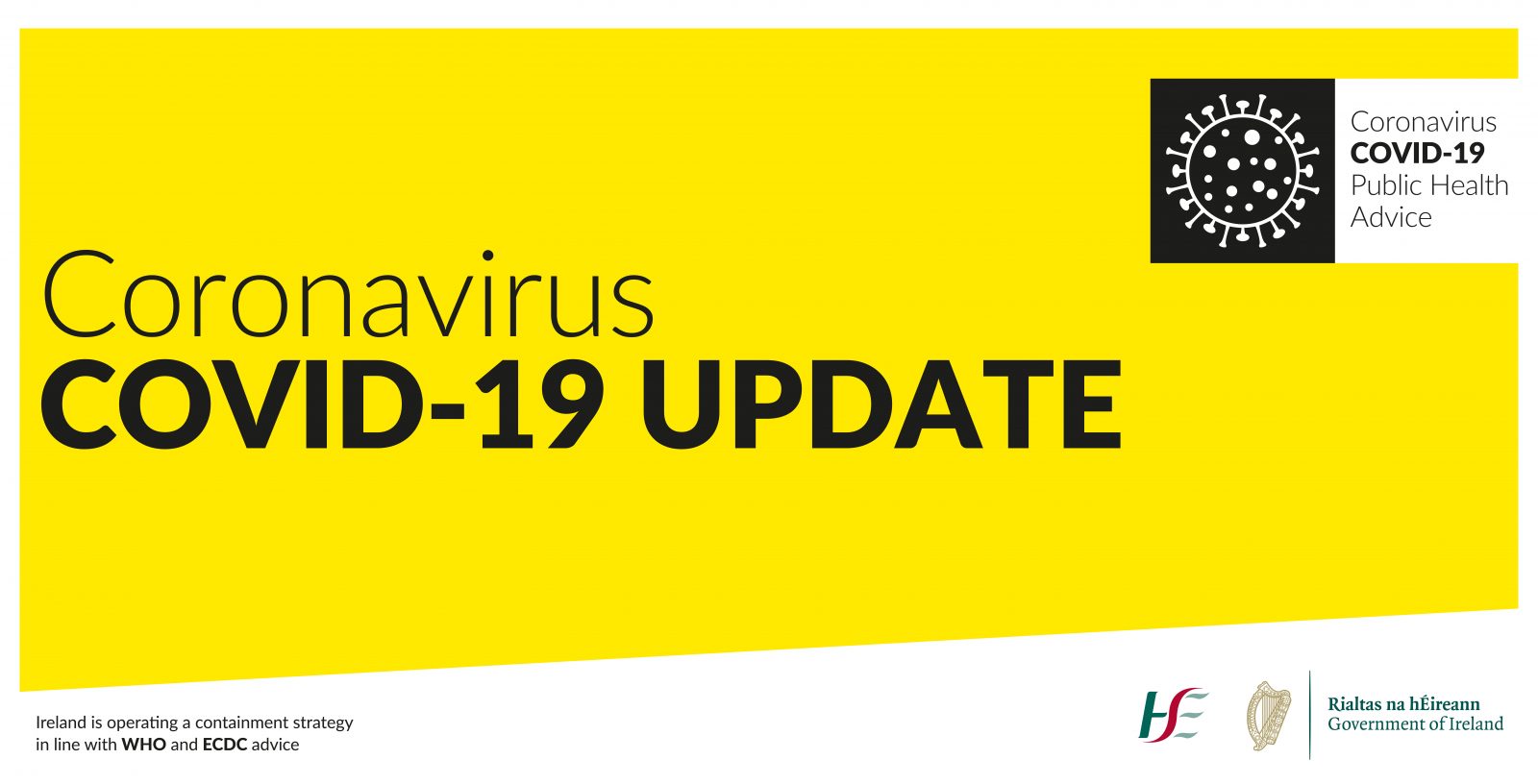Domestic Clients
Lehane Environmental, operating for over 45 years, provide a complete service to domestic households in Cork City & County.
Call our offices in Little Island today on 021-4351020.
Follow links below for further information on our services to private households in Cork City & County:
- Septic Tank Cleaning
- Bio-cycle Cleaning
- Septic Tank Inspections
- Drain Cleaning
- CCTV Surveys / Inspections
- Permitted Waste Collection
Frequently Asked Questions Domestic Customers:
Householders were obliged to register their treatment systems before 01 February 2013. This was also a stipulation if you wished to avail of grant aid. As of July 2013, 446,000 householders had registered their treatment systems.
Online – www.protectourwater.ie – by credit card/debit card.
By Post: Registration forms are available online;
from City/County Councils; Libraries; Citizen Information Centres or
Lo Call 1890 800 800.
Further info available here.
As part of the inspection, treatment systems will be examined to ensure that they are not posing a risk to public health or the environment through leakage or discharges to the surface of the ground or into nearby ditches. There will also be checks to ensure that regulations regarding roof and surface water as well as grey water are complied with.
The Dept. of Environment, Community & Local Government in conjunction with the EPA and the HSE have published leaflets for householders on What to expect from an Inspection.
EPA have published the national inspection plan.
Owners of domestic waste-water treatments systems need to:
- Know where their septic tank is located;
- Operate and maintain the system so it is fit for purpose and fully operational;
- The system can not pollute the environment by discharging/leaking waste anywhere it is not suppose to ie. Into the ground or any water source ;
- Roof water or surface water run-off can not enter a domestic waste water treatment system;
- The system should be de-sludged at intervals appropriate to the tank capacity and the number of persons resident in the premises connected to it or as recommended by the system’s manufacturer.
Lehane Environmental carry out the following as part of our service:
- Empty your Septic Tank / Treatment System
- Dispose of sludge from the tank to a Licensed/Permitted Treatment Facility listed on our Waste Collection Permit
- Issue a Certificate of Desludging to the householder
Some indications of a blocked drain:
- when you flush the toilet, the water level rises but eventually seeps down
- waste is backing up in any one of or all of toilets/sinks/showers/bath/outside drain
- odours in the house
- build up of fats/grease from dishwasher
- build up of detergent from washing machine
- build up of hair together with shampoo,conditioner, shower gel
- baby wipes, nappies, female hygiene products
- collapsed pipe/damaged pipe (roots of trees, etc)
- recent construction work – grout, cement, etc
- excessive amount of toilet paper
- Toys! lego blocks, dinkys, dolls…
We would recommend a CCTV survey which will show the condition of the drains and help identity any problems with the drains such as collapsed pipes, root interference, build up of fats/grease, etc. Any number of items can cause an odour –
- broken pipe / dip in pipe and therefore stagnant waste holding in pipe
- dead rodent
A system involving physical, chemical, biological or thermal processes, or a combination of such pro- 10 cesses, utilised for the treatment or disposal of domestic waste water, or the sludge derived from domestic waste water, and includes—
(a) all septic tanks and waste water tanks and systems receiving, storing, treating 15 or disposing of domestic waste water and all drains associated with such tanks or systems, and
(b) all drains associated with the discharge of domestic waste water, whether or 20 not they discharge to a septic tank or waste water tank;
- Regularly flush basin / bath / shower / pipework with disinfectant to clear soap residue.
- Keep objects such as bottles, jewellery, toys away from where they could fall into the toilet.
- To remove scale build up (in hard water areas) from a shower head (reducing flow and looking unpleasant) fill a plastic bag with vinegar and tie it around the shower head – this will dissolve the mineral deposit.
- Don’t use your toilet as a bin. Flushing solid waste items (nappies, wipes, cotton buds, sanitary towels) down the toilet is a fast route to causing a blocked drain. Keep a waste bin in the bathroom and use that instead.
- Run hot water down the drain on a regular basis (weekly) – this will help prevent drain blockages and keep the drain free flowing.
- Fit strainers to the plug holes in sinks, baths and showers. This will prevent most debris from entering the drain [such as matted hair or broken soap]. Make sure you empty out the strainers when they are full.
- Do not dispose of food scraps down the kitchen sink. Pull scraps out of the plug hole, don’t poke through.
- Never dispose of cooking fats down the drain system. As they hit cold water they will solidify
- Keep drain grids free of leaves, moss and regularly wash down with hot water and disinfectant.
- Check drains are free-flowing by periodically lifting drain covers
- Check gutters and downpipes twice a year. Remove any debris with a trowel









